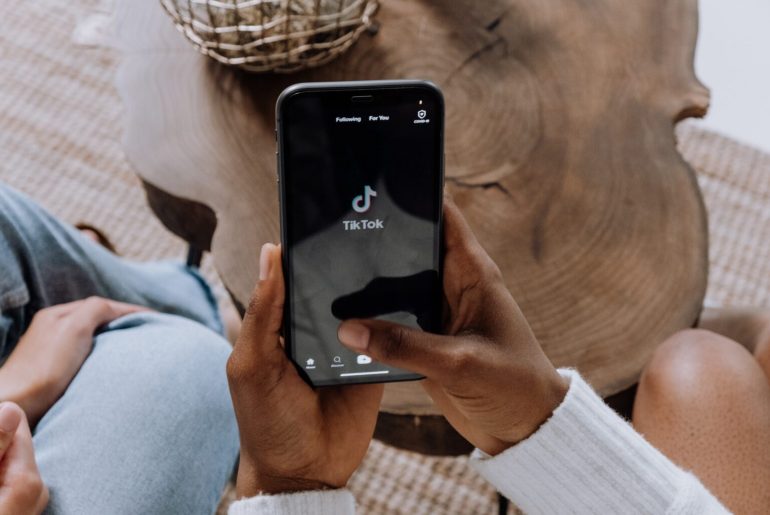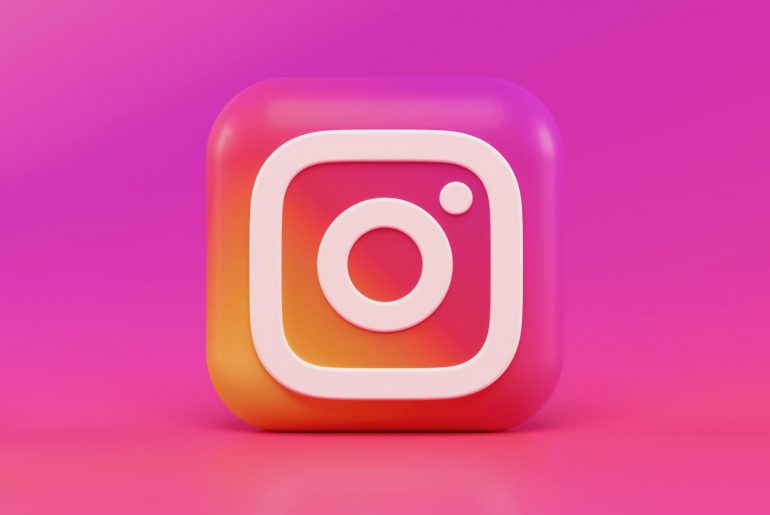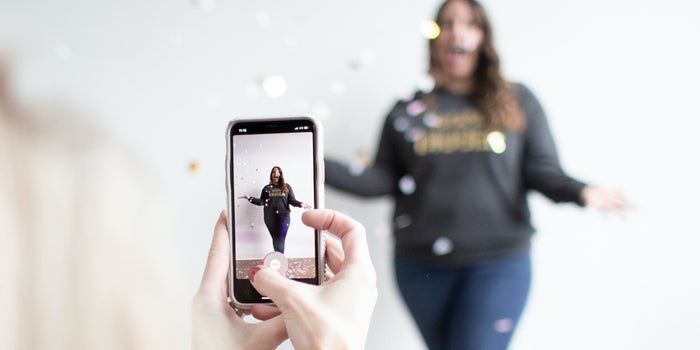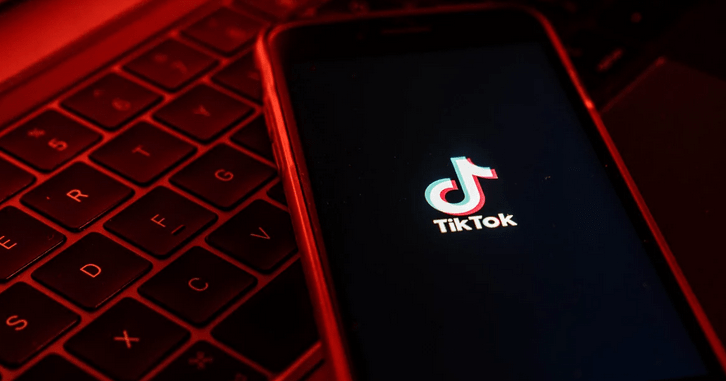By Faith Walls
From Dunkin’ Donuts to the NBA, countless brands have hitched a ride on TikTok, the latest social media bandwagon. Since its launch in 2018, the user-generated, video-based app quickly grew from its China origin to an international sensation. With nods to its predecessor, Vine (RIP), TikTok turns nearly every content creator into a top-tier video editor and storyteller. The platform delights millions of users with its endless stream of FYP (For You Page) content, that is specifically geared towards your searches, interests, and frequently viewed subject matter.
This firehose of varietal media serves as sort of a time vortex. New users should be warned, your innocent “five-minute scroll” before bedtime can quickly turn into a three-hour content binge before you can say “lights out.” The average user spends at least 45 minutes on the app each day. Naturally, this rapid-fire of content consumption makes TikTok an alluring marketing tool for brands. If you can get your business name simply in the feed stream, you’re doing okay. But with a little creativity, you can take it a step further and generate content geared towards keeping viewers engaged.
8 Best Ways to Market Your Business on TikTok
1. Don’t Aim For Perfection
Contrary to the polished and pristine standards of Instagram, TikTok won’t need you to be editing out blemishes or cropping out that mess on the floor. The app thrives on seemingly authentic content. You will likely find the most engagement when your content is true to your brand personality and intentionally crafted.
2. Paid Ads
If the user-friendly algorithm isn’t enough, the platform is also delving into the realm of paid ads. If you have experience using Facebook Business Suite, you are already prepared to tackle TikTok ad campaigns. Curiously, the platform’s paid ads are designed quite similar to Facebook or Google.
You essentially have two options when it comes to TikTok ads: interest targeting and behavioural targeting. Interest targeting works the most equivalently to Facebook Ads. Through this method, you can structure your ad placement to target a specific audience.
Behavioural targeting works a bit differently, allowing you to generate your ads based on user behaviour on the app within the past seven or fifteen days. This unique method ensures your content is geared towards individuals who are active on the platform.
3. Use Hashtags Liberally
While hashtags may be considered a bit archaic on Instagram, the metadata geo tracker is receiving a much-needed reboot on TikTok. As you plug your videos into the platform, be sure to use niche hashtags and plenty of them. This is an optimal method to grow your page organically.
Joining or creating a hashtag challenge is another way you can add your content to the Discover page. This starts with creating a catchy video often with a specific sound and adding a corresponding hashtag. These campaigns easily go viral as the engaging trend of choice catches on.
4. Join In On Trends
Much like the hashtag challenge, following other trends on TikTok is an ideal way to stay up to date with popular content on the platform. Users enjoy seeing different brands take part in funny and engaging content, as popular dances, challenges, songs, and video effects surge in viewership.
5. Be Bold With Your Original Content
The platform allows users to create 15 to 60 second videos using numerous filters, voiceovers, and virtually any song snippet. This limited-time window means you have less than a minute to optimize the “elevator pitch” of your brand. Keep in mind that TikTok is built on consumer engagement; the more user-friendly your content is, the higher views and comments you can expect. Keep your videos concise and attention-grabbing. Always prioritize quality over quantity.
6. Utilize Influencer Marketing
Influencers are an optimal way to gain viewers and to expand your reach to a brand new audience. Though one normally associates influencer content with the visual aesthetics of Instagram, influencers are taking to TikTok in order to gain new sponsorships. The process works similarly to Instagram, where there is an exchange of incentives – either monetary or product – for the promotion of your business. Influencers already have a loyal following, so placing your brand in front of a wider audience is an effective way to increase awareness.
7. Partner With Other Creators
TikTok is famous for its “duet” feature, where users can record videos that build upon another video. This popularized trend has resulted in a vast expanse of creative efforts – from barbershop quartet ditties to personal story prompts. Partnering with like-minded creators and utilizing TikTok live videos opens up the conversation with the audience and helps your brand feel personable.
8. Track Your Analytics Data
As you launch your promotional content and experiment with different trends, be sure to track your engagement through TikTok Analytics. These statistics provide valuable insights regarding your audience demographics and viewership. Don’t be afraid to try out different approaches as you go.
By Faith Walls
Sourced from HEYSocal










